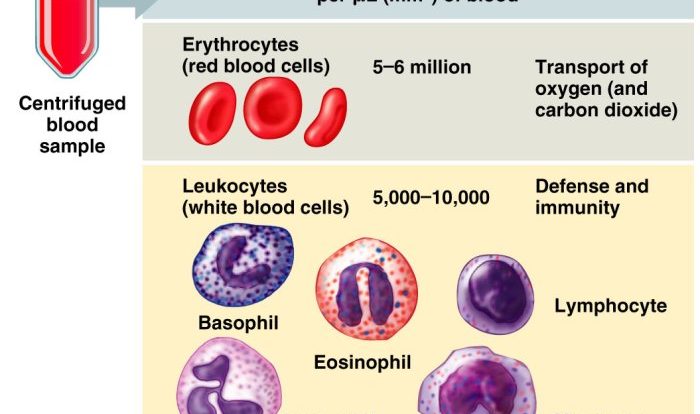Select the correct statement about photosynthesis by primary producers. – As we embark on a journey to decipher the intricacies of photosynthesis, let us delve into the realm of primary producers, the very foundation of our planet’s ecosystems. This discourse will unravel the essence of photosynthesis, shedding light on its significance and the pivotal role it plays in sustaining life on Earth.
Photosynthesis, a process that transforms light energy into chemical energy, empowers primary producers with the remarkable ability to synthesize their own sustenance. Join us as we explore the intricacies of this fundamental process, examining the reactants and products involved, unraveling the importance of photosynthesis for primary producers, and delving into the environmental factors that influence its efficiency.
Photosynthesis Process: Select The Correct Statement About Photosynthesis By Primary Producers.

Photosynthesis is a fundamental biochemical process by which primary producers harness light energy to convert inorganic molecules into organic compounds. It is the primary mechanism for energy input into ecosystems and supports the existence of life on Earth.
The overall process of photosynthesis can be represented by the following simplified chemical equation:
CO2+ 6H 2O + light energy → C 6H 12O 6+ 6O 2
This equation illustrates that photosynthesis utilizes carbon dioxide (CO 2) and water (H 2O) as raw materials, and in the presence of light energy, converts them into glucose (C 6H 12O 6) and releases oxygen (O 2) as a byproduct.
Light energy plays a crucial role in photosynthesis. It is absorbed by specialized pigments, primarily chlorophyll, present in the chloroplasts of plant cells. The absorbed energy is then used to drive the chemical reactions involved in the conversion of CO 2and H 2O into glucose.
Detailed FAQs
What is the primary function of photosynthesis in primary producers?
Photosynthesis enables primary producers to convert light energy into chemical energy, which they utilize to synthesize their own food, forming the foundation of food chains and ecosystems.
What are the key reactants and products involved in photosynthesis?
Photosynthesis utilizes carbon dioxide and water as reactants, converting them into glucose (sugar) and releasing oxygen as a byproduct.
How does photosynthesis contribute to the balance of Earth’s ecosystems?
Photosynthesis plays a crucial role in maintaining the balance of Earth’s ecosystems by producing oxygen, which is essential for respiration, and absorbing carbon dioxide, mitigating its accumulation in the atmosphere.



